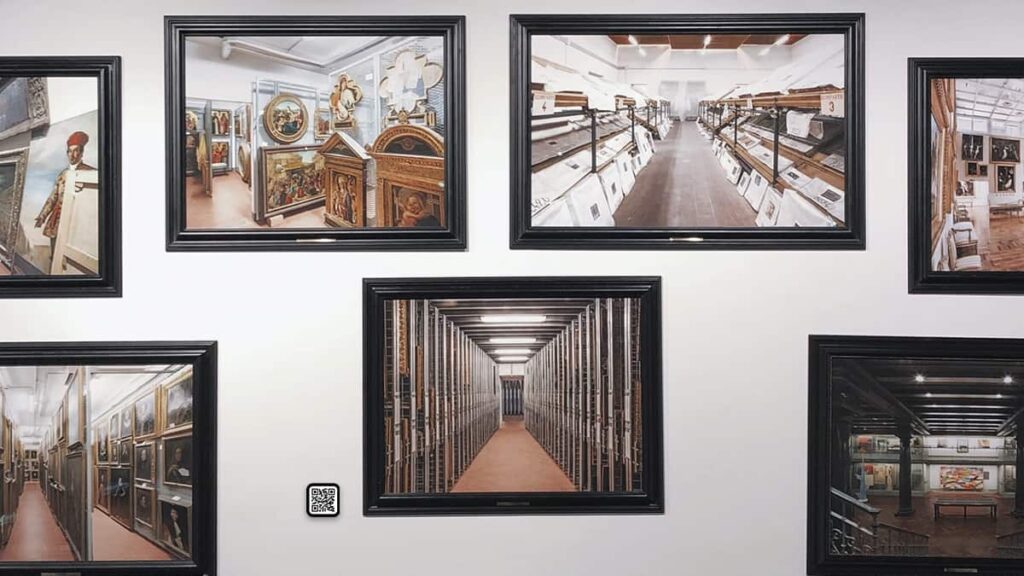Museums are an essential part of our cultural heritage, and they play a crucial role in educating and inspiring people about art, science, history, and other subjects. One of the challenges that museums face is how to make their exhibits more engaging and informative for visitors. In recent years, QR codes have emerged as a powerful tool for museums to provide background information about their exhibits.
QR codes are two-dimensional barcodes that can be scanned with a smartphone camera. They can store a large amount of data, such as text, images, and website links, and can be used to direct users to specific web pages, videos, and other digital content. Here are some of the benefits that a museum can get by using a QR code-based system to provide background information about their exhibits:
Enhance the Visitor Experience
One of the main benefits of using QR codes in museums is that they can enhance the visitor experience. By providing additional information about the exhibits, QR codes can help visitors understand the context, significance, and history of the artifacts and artworks. This can make the visit more meaningful and memorable for the visitors, and can also help them appreciate the exhibits in a deeper way.
For example, imagine visiting a museum that has a collection of ancient Egyptian artifacts. With QR codes, the museum can provide detailed information about the objects, such as their age, significance, and cultural context. Visitors can scan the QR codes and read about the objects’ history, significance, and cultural context, which can make the visit more informative and engaging.
Improve Accessibility
Another advantage of QR codes is that they can improve accessibility for visitors. Museums often have a large number of exhibits, and it can be challenging for visitors to read all the labels and interpretive materials. By using QR codes, museums can provide additional information about the exhibits in a format that is accessible and convenient for visitors.
For example, visitors with visual impairments can use a smartphone with a text-to-speech app to read the QR code information aloud. Visitors with limited mobility or who are in a hurry can quickly scan the codes and get the information they need without having to read long texts or wait in line for an audio guide.
Save Time and Money
QR codes can also save museums time and money by reducing the need for printed materials, such as brochures, guides, and labels. By using QR codes, museums can provide the same information in a digital format that can be accessed by visitors on their smartphones. This can reduce the cost of printing and distributing physical materials, and also make it easier for museums to update the information and keep it current.
For example, if a museum has an exhibit that is only temporary, it can use QR codes to provide information about the exhibit without having to print and distribute new labels and guides. The museum can simply update the QR code information, which can be accessed by visitors on their smartphones.

Engage Younger Visitors
Finally, QR codes can also be an effective way to engage younger visitors, who are more likely to use smartphones and digital technology. By providing interactive and multimedia content, museums can appeal to younger audiences and make the visit more fun and engaging.
For example, a museum that has a collection of dinosaur fossils can use QR codes to provide videos, animations, and games that explain the science and history of dinosaurs. Visitors can scan the codes and watch the videos or play the games, which can help them learn about the subject in a more interactive and entertaining way.
Schedule A Live Demo
Have a member of the 42Kites team walk you through a live demo over Zoom. Enter your contact information below and we'll set up a time that works for you.
